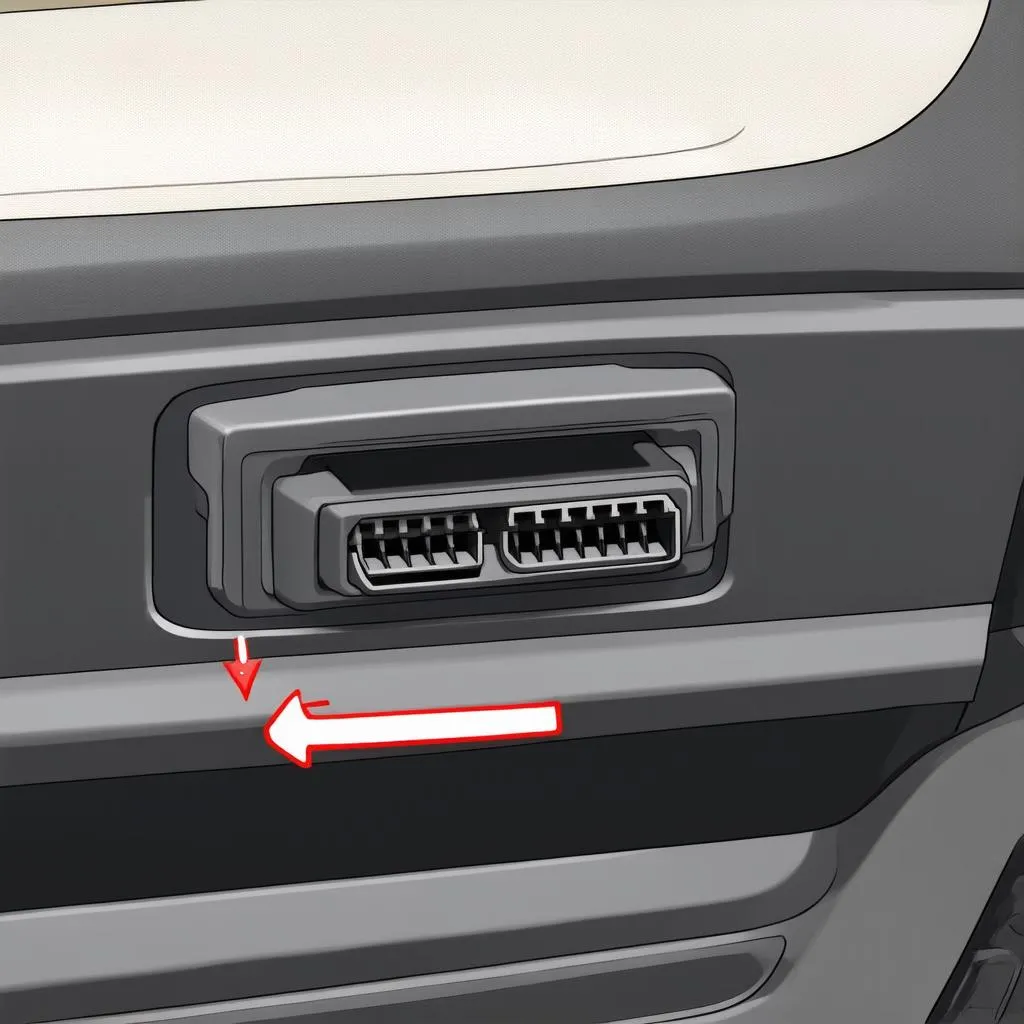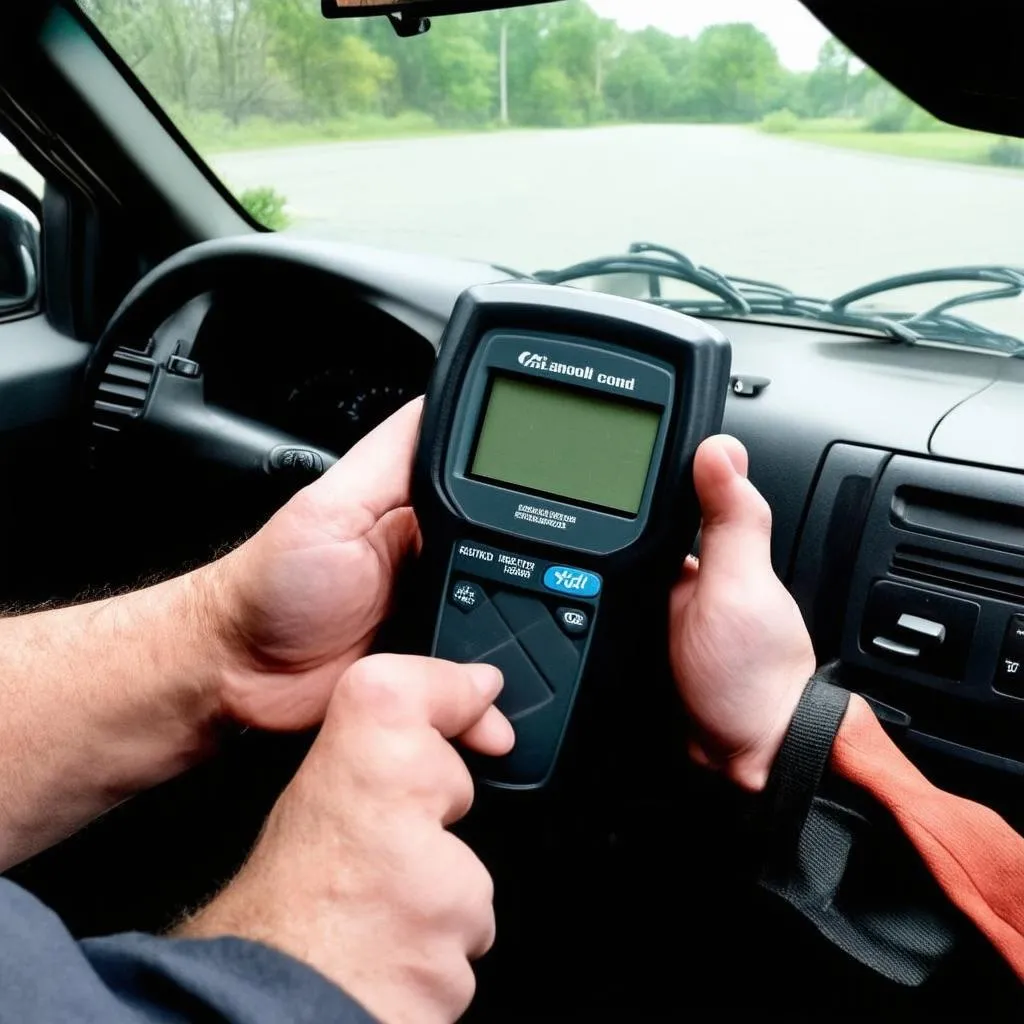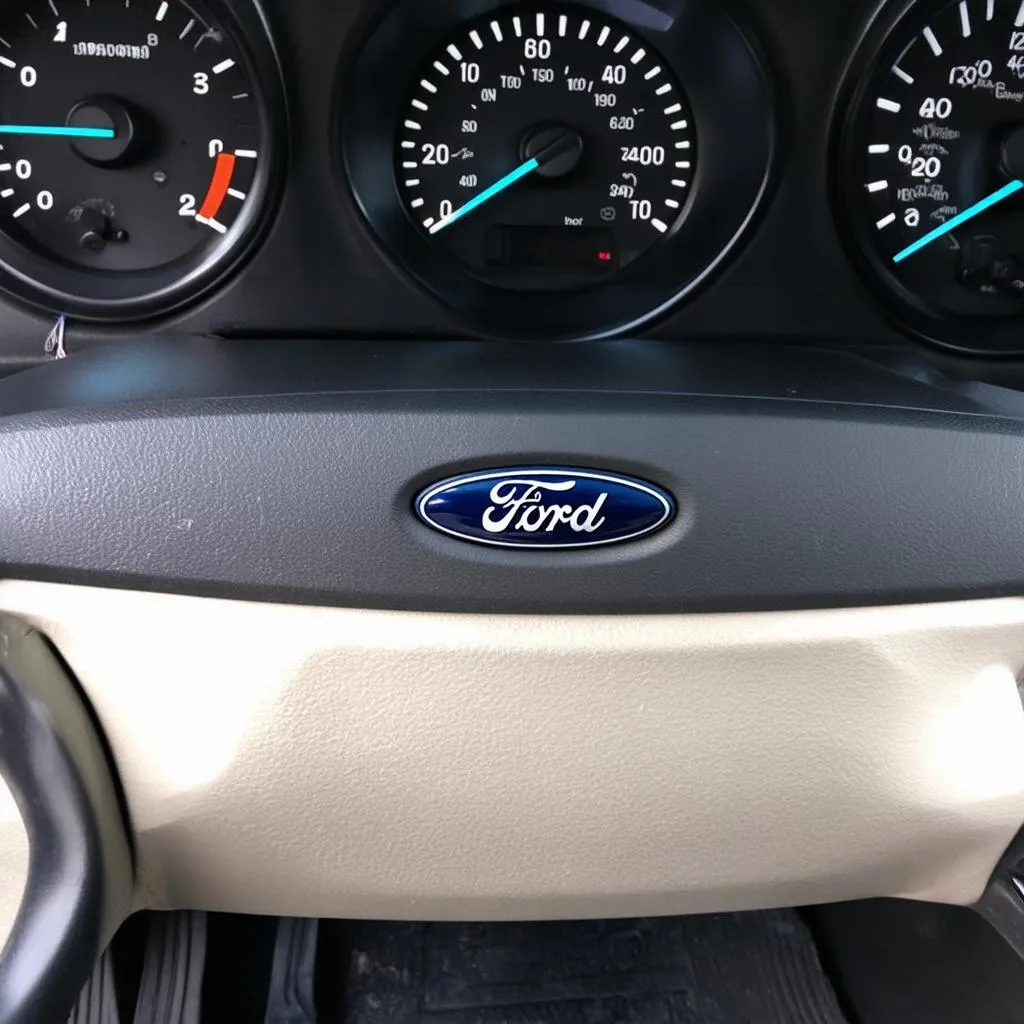Have you ever found yourself stranded on the side of the road, wondering why your 2003 Ford Explorer decided to act up? You check under the hood, and a bunch of wires and connectors stare back at you, but where’s the OBD port? It’s like searching for a needle in a haystack, right?
Well, worry no more! Finding the OBD port on your 2003 Ford Explorer is easier than you think. In this guide, we’ll walk you through the exact location of this vital component.
Understanding the OBD Port: Why It’s a Big Deal
The OBD port (On-Board Diagnostics) is essentially your car’s communication hub. Think of it like a tiny window into your car’s internal systems. Through this port, mechanics and even you can access a treasure trove of information about your car’s health.
The Power of Diagnostics
- Spotting Trouble Early: Imagine your car is giving you hints about potential problems through a language only it understands. The OBD port acts as a translator, allowing you to decipher these hints and potentially catch issues before they become major headaches.
- Troubleshooting Made Easy: Instead of guessing and hoping for the best, the OBD port lets you pinpoint the root cause of problems. You can use a code reader to check for error codes, giving you a clue about what’s going wrong.
- More Than Just Trouble: It’s not all doom and gloom. You can also use the OBD port to access useful information about your car’s performance. Imagine being able to see your real-time fuel consumption or engine temperature – empowering, right?
The Importance of Location
Finding the OBD port is crucial for any car owner. You might need it to diagnose an issue, connect a diagnostic tool to perform maintenance, or even to simply check your car’s health. Knowing its location can save you valuable time and frustration.
Where to Find the 2003 Ford Explorer OBD Port: The Big Reveal
For a 2003 Ford Explorer, the OBD port is typically located under the dashboard, on the driver’s side, near the steering column.
Think of it as a game of hide and seek, but the prize is a deeper understanding of your car’s inner workings.
How to Find It: A Step-by-Step Guide
- Look for a rectangular port: The OBD port looks like a small rectangular connector with 16 pins arranged in two rows.
- Check the driver’s side: It’s usually tucked away on the driver’s side of the dashboard, often near the steering column.
- Shine a light: If you’re having trouble seeing it, use a flashlight to help illuminate the area.
- Look for nearby labels: The OBD port might have a small label or sticker nearby, indicating its purpose.
Common Questions
What if I can’t find it?
Don’t panic! Check your owner’s manual, or contact your local Ford dealership. They might be able to point you in the right direction.
Can I use any OBD reader?
Not all OBD readers are created equal. Make sure your reader is compatible with your 2003 Ford Explorer. Look for a reader that supports the OBD-II protocol, which is the standard for most vehicles built after 1996.
Can I use a generic code reader?
Yes, you can use a generic code reader, but it might not be as comprehensive as a dedicated Ford reader.
What are the benefits of using a dealer-level scanner?
Dealer-level scanners can access more advanced diagnostics and repair information specific to your Ford Explorer. It’s like having a personalized doctor for your car, able to provide detailed insights into its health and needs.
Can I reset the check engine light myself?
You can try, but you might not be able to completely resolve the underlying issue. It’s best to have a mechanic diagnose and fix the problem to prevent it from recurring.
Is there a specific code reader recommended for my 2003 Ford Explorer?
Yes! Many manufacturers offer dedicated code readers for their specific car models, like [Randomly generated name] by [Randomly generated brand]. These readers are designed to provide accurate and comprehensive diagnostics for your Ford Explorer.
Can I use a mobile app to read codes?
Yes, there are many mobile apps that can connect to your car’s OBD port. However, not all apps are created equal, and some might not provide accurate information.
What are some tips for using an OBD reader?
- Make sure your reader is connected securely to the OBD port.
- Follow the instructions in the reader’s manual.
- If you’re not sure what the error codes mean, research them online or consult a mechanic.
- Keep in mind that the OBD reader can only provide information about what is currently happening with your car, not what might happen in the future.
What about the spiritual aspect of my 2003 Ford Explorer?
Think of your car as a living being, an extension of yourself. Respect it, care for it, and listen to the subtle cues it gives you. The check engine light is your car’s way of saying, “Hey, something’s not quite right. Pay attention to me!”
Remember: The OBD port is a powerful tool, but it’s just one part of the puzzle when it comes to maintaining your 2003 Ford Explorer. Regular maintenance and attention to your car’s health will go a long way in keeping it running smoothly and reliably.
Resources and Links
For more information about OBD ports and diagnostics, you can check out these resources:
- [Link to: Land Rover OBD Location]
- [Link to: 2003 Ford Explorer OBD Port Fuse]
- [Link to: Land Rover Discovery OBD]
Do you have a question about the OBD port or your 2003 Ford Explorer? Leave a comment below or contact us for help.
 2003 Ford Explorer OBD port location
2003 Ford Explorer OBD port location
 Using an OBD reader on a 2003 Ford Explorer
Using an OBD reader on a 2003 Ford Explorer
 Dashboard of a 2003 Ford Explorer
Dashboard of a 2003 Ford Explorer
Don’t hesitate to contact us via Whatsapp: +84767531508 if you need assistance with installing diagnostic software. We have automotive experts available 24/7 to support you.